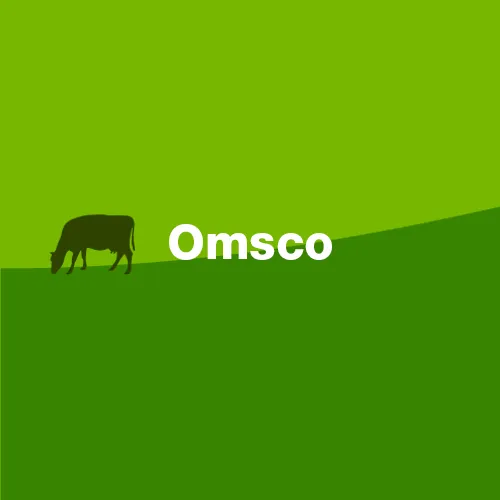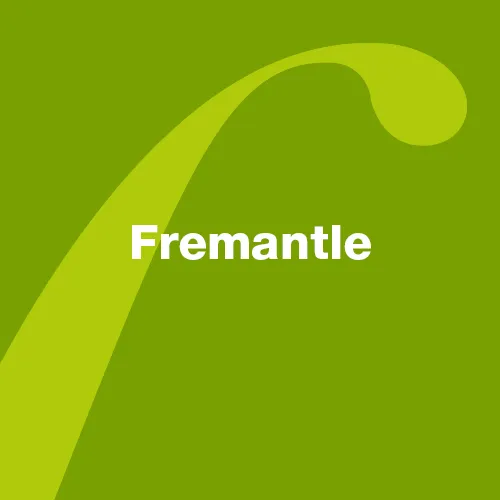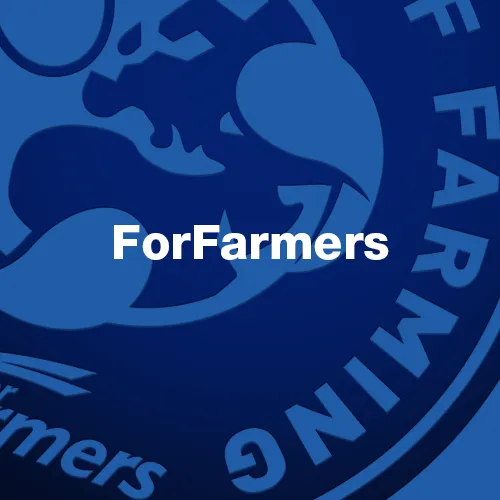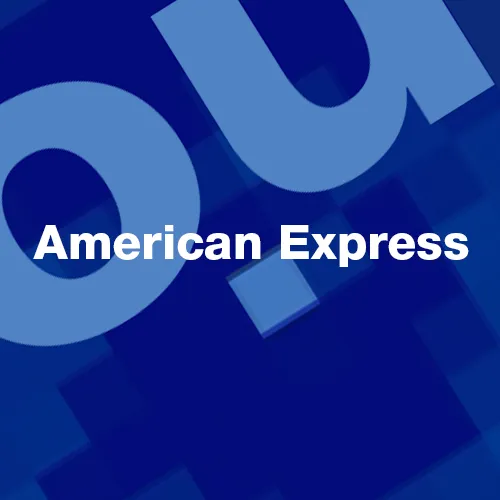
Staff engagement – it’s not about the money!
Covid aside, one issue many UK organisations have been wrestling with in recent years is that of recruitment and retention. Recruiting the right staff is often difficult but perhaps even more worrying is the issue of keeping many of them long enough to make the cost of their training worthwhile. When you realise that the average cost of replacing an employee earning £27,000 per year is £12,000, it’s clear that it’s an important issue which has a direct effect on the bottom line.

You might be convinced that it’s all a result of pay… but you’d be wrong. Pay is important but only to a degree. After all, we all know brilliant people who have deliberately chosen to work in less well paid sectors such as nursing or teaching. They are drawn to these, not for the money, but because they feel they are valuable and worthwhile. They are looking for something more from their jobs than a straightforward cash transaction – they want to work in a sector which reinforces their sense of worth by reflecting their values. For millennials it is even more stark, as highlighted by a recent Workplace Culture report, which found that some 86% of millennials would consider taking a pay cut to work at a company whose mission and values align with their own.

Relating staff satisfaction purely to pay scales is a common misapprehension. Working with one of our clients, they were convinced that the reason they couldn’t keep their staff was ‘because we don’t pay enough’. We ran a research programme where we talked to a wide variety of their staff. Whilst admittedly nobody claimed to be paid too much, it quickly became apparent that there were far more important issues at stake than mere pay. One of the most prominent problems was that many staff felt cut off and isolated – staff worked over many different sites and so felt disconnected with Head Office and the decisions being made there. Overall, there was little sense of the cohesion or unity that comes from feeling part of one brand.
Our solution was to implement an internal engagement programme which included both communications and activities to unite people in a common sense of purpose. We reshaped their brand definition – Mission, Vision and Values – making them relevant and meaningful to all staff across the whole organisation and brought them to life in a way which both inspired and guided staff in their everyday working roles. Greater interaction between head office staff and those working more remotely was also encouraged as a two-way process – not putting all the effort on the already over-stretched staff working remotely. As a result, the organisation collaborated better, was more united and staff churn decreased dramatically.
Ultimately it is as simple as this – staff who understand and support the aims and ambitions of the organisation they work for are far more likely to remain loyal and less likely to leave. It’s your brand which is key. Getting your staff talking about your brand and what it means to them is the surest way to ensure they not only feel a part of your organisation but are committed to making it succeed. When you realise that employers with highly engaged staff outperform those with low employee engagement by over 200%, it’s a no-brainer.
If you want some help getting the conversation going in the right way and turning your brand into a positive asset for your employees, we’d love to help. We have both a consultancy based service and an online toolkit that can help depending on your particular needs and circumstances.
Get in touch for a free consultation.















